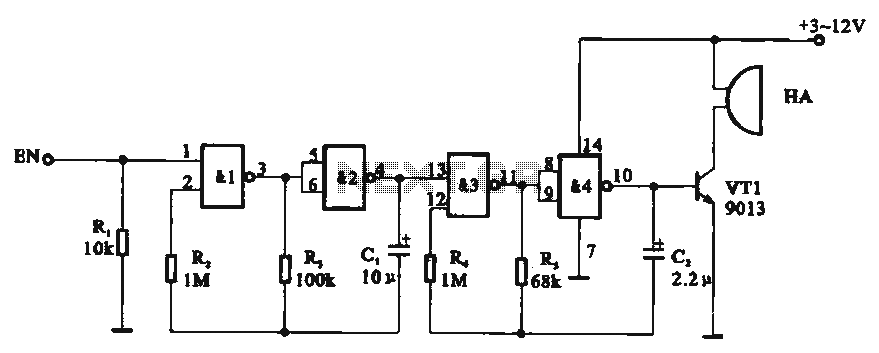

- TONEGENERATOR POSITIVE SOUND PLUS
- TONEGENERATOR POSITIVE SOUND PROFESSIONAL
- TONEGENERATOR POSITIVE SOUND SERIES
- TONEGENERATOR POSITIVE SOUND FREE
The same applies to the 'Flute' preset (26) - lots of breath and natural vibrato. It's just about the best reproduction of a grand piano that these ears have ever heard, bettered only by a Kurzweil 250! To a lesser extent, 'Warm Organ' (preset 20) is a good reproduction of an old Hammond organ, complete with key click. Apart from a fairly noticeable transition between two of the multisamples, the 'Piano' (preset 01) stands out head and shoulders above the rest. A couple of the voices stand out as being well above par and are definitely worth a listen.

There are the usual pianos, brass (both acoustic and synthetic) and string presets which seem to be the essential fodder of the preset programmer these days, as well as some highly original synthetic sounds which do a lot more to display the true potential of the TG55. The factory voices that come with the machine are, on the whole, highly musical and genuinely useful. In comparison, the Emu Proteus and the Korg M1R both boast a healthy four megabytes. one megaword) of sampled waveform data in its memory. What this techno-speak means is that the sampled sounds are all very clean and noise-free, with a sparkling degree of realism. The sounds have been sampled at rates of 32 and 48kHz the internal processing is 24-bit and the stream of digital data is finally transformed into actual sound waves via a 22-bit digital-to-analogue convertor (DAC). In more common parlance, the usual term for such a technique is 'multisampling', and this is used to avoid the dreaded 'munchkin' effect which occurs when you attempt to pitch shift a sampled sound higher than, say, two octaves.
TONEGENERATOR POSITIVE SOUND SERIES
The first generation of AWM was used extensively in Yamaha's Clavinova series of instruments. AWM2 is Yamaha's second generation of this waveform storage and reproduction technique. The sound source within the TG55 is a single dedicated microcomputer whose sole function in life is to churn out an endless series of numbers which represent a collection of musical sounds using the aforementioned Advanced Wave Modulation 2 (AWM2). Playing the TG55 is simply a case of connecting a suitable MIDI controller (keyboard, wind synth, sequencer etc) and an amplifier.
TONEGENERATOR POSITIVE SOUND PLUS
It sports a grand total of four audio output jacks, organised as left and right stereo/mono plus two individual outputs, alongside the usual MIDI In, Out and Thru sockets. The rear of the TG55 is fairly spartan in comparison. The pushbuttons are very slightly concave and don't require too much physical pressure to operate.

There are also rotary controls for data entry and volume, a headphone jack socket, and the power on/off switch. The remainder of the front panel is given over to a collection of pushbuttons, 12 in all. But in view of some of the parameters available, programming the TG55 is a bit like trying to wallpaper the hallway through the letterbox! Also, the display contrast cannot be changed from the front panel, which is a shame because I found the display difficult to read unless I was actually standing right over it. Interaction with the user takes place through a standard two-line backlit LCD 'window', which is just about up to the job. Sadly, neither of these slots feature the essential 'catflap' mechanism: the small sprung trapdoor which protects the interior of the module from the general muck and grime that is a feature of everyday life - especially if you're gigging. The most prominent features on the front panel are the two card slots, one for waveform data and another for voice data. Other modules look quite barren in comparison.
TONEGENERATOR POSITIVE SOUND FREE
The front panel is well populated for a module of this type and there isn't much free space left over.
TONEGENERATOR POSITIVE SOUND PROFESSIONAL
The overall construction is just what we've come to expect from Yamaha's professional division, quite rugged and well engineered. Physically, the TG55 is 1U high, 19" wide, and weighs in at a healthy 9lbs. For those readers who were hoping for a rack-mounted version of the SY77, I'm sorry to disappoint but you'll just have to sit back and wait - the TG55 isn't it! Basically, the TG55 is the AWM2 sample playback section of the SY77 in a different box. At first sight the TG55 seems to be another in the long line of sample playback modules, following on in the tradition of the Roland U110, Korg M1R/M3R, and the Emu Proteus.


 0 kommentar(er)
0 kommentar(er)
